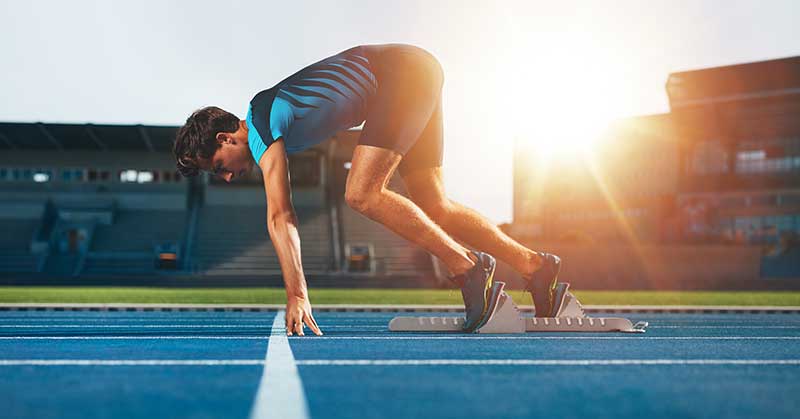
When running a business which deals with high school athletes, parents sometimes contact me when their child seems to lack a skill that is forcing them to fall behind their peers. Even if the child was at the top of their game at one time, they’ve fallen behind and are frustrated. To help their child succeed and achieve their goals, the parents bring in outside help.
One of the first traits the parents always mention is first step quickness. From what they’ve seen, there’s something that causes the child to be a step slow. Or the child can’t get past the opposing players as they once did.
When we plan a path to improve this, they’re often disappointed that the issue is not about being quicker. It’s about moving the body’s center of mass faster.
As I have mentioned in previous blogs, JB Morin’s research on acceleration has surfaced recently. For those who want to cut to the chase, look at Peter Weyand’s and Ken Clark’s review of Morin’s research. They conclude two things. First, horizontal force applied in a useful manner is a key determinant of speed. We will focus on this in a coming blog.
Second, there’s a speed difference in the 0 step. The 0 step is the acceleration from the block to the first step. Morin’s research showed a 0.5m/s difference between the 10.0 athlete and the 10.5 athlete. It accounted for 80% of the difference among the athletes tested.
After reading these papers, my “rabbit hole” turned into researching the 0 step. It took me months to truly understand the concept.
I had two flashes that helped me put the idea together. The first was in Austin, Texas, where I was hosting a Reflexive Performance Reset seminar. Peter Holmertz, President of 1080 motion, gave me a tour of the city and took me to notable, cutting edge facilities in Texas. We stopped at one of the best planned facilities I’ve seen called Xceleration Sports Performance Labs owned by Matt Neel. He commented, “It is great if we know all of this stuff. The trick is to communicate it with your athletes.” He had a special grid that communicated to his athletes their 0 step. It suddenly made sense to me.
My second epiphany happened during the first night of the TrackandFootballConsortium IV. I spoke before Stuart McMillan of ALTIS and talked about the importance of the 0 step. In his great presentation, he talked about five things a coach can do better. One of his topics was the 0 step.
However, he had a much better term than 0 step. He called it projection. This is a far better word to use to communicate to my athletes what we are striving for when coming out of the blocks.
When explaining the 0 step, talk to your athletes about projection. Share on XWith these new guiding principles, I went to work on my project to figure all of this out. I wanted to see what it would take to get my athletes to project their body further “coming out of the blocks.”
Using my 1080 Sprint to collect data, I wanted to see how and why some were better than others at this. I wanted to use the MySprint app as well, but Chicago had some bad weather that made running outside difficult. (I don’t know which hinders runners more, 0-degree temps, 8” of snow, or that to save money, the village does a poor job of plowing and salting.)
In conjunction with that, I stole Matt Neel’s idea of measuring the athlete’s hip distance when their foot hits the ground. Currently, I’ve measured about 25 athletes, with more to come. I picked four of them to show different aspects of what I’ve found. I am looking at N/kg, w/kg and velocity at 0.5m, and their projection distance. The first three numbers were taken from the Sprint 1080 with 1KG of resistance.
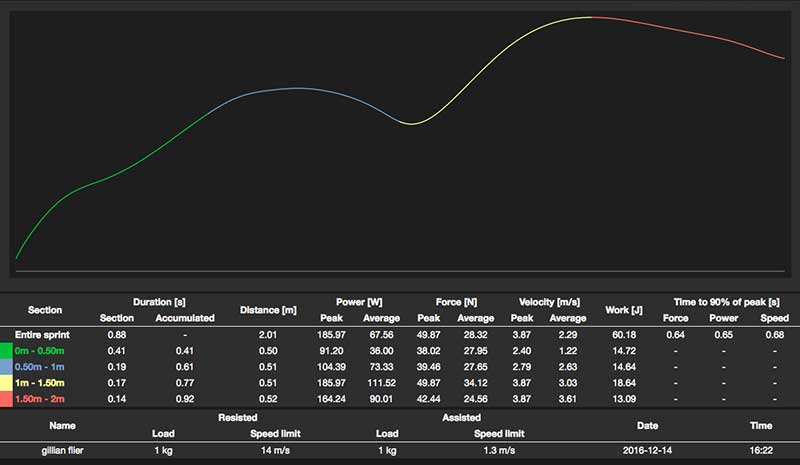
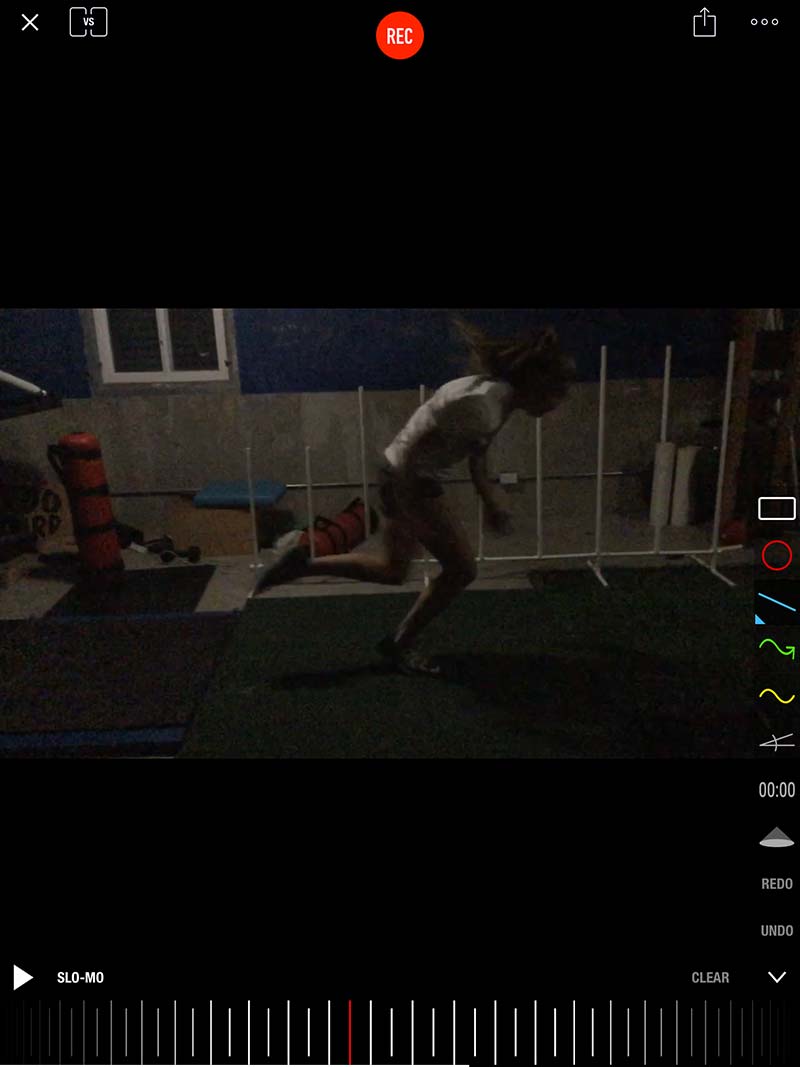
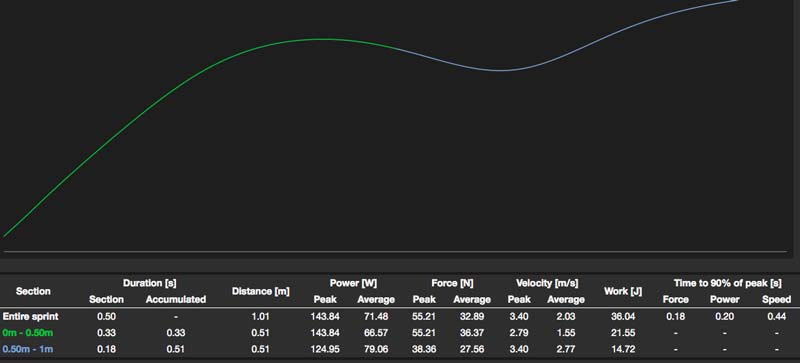
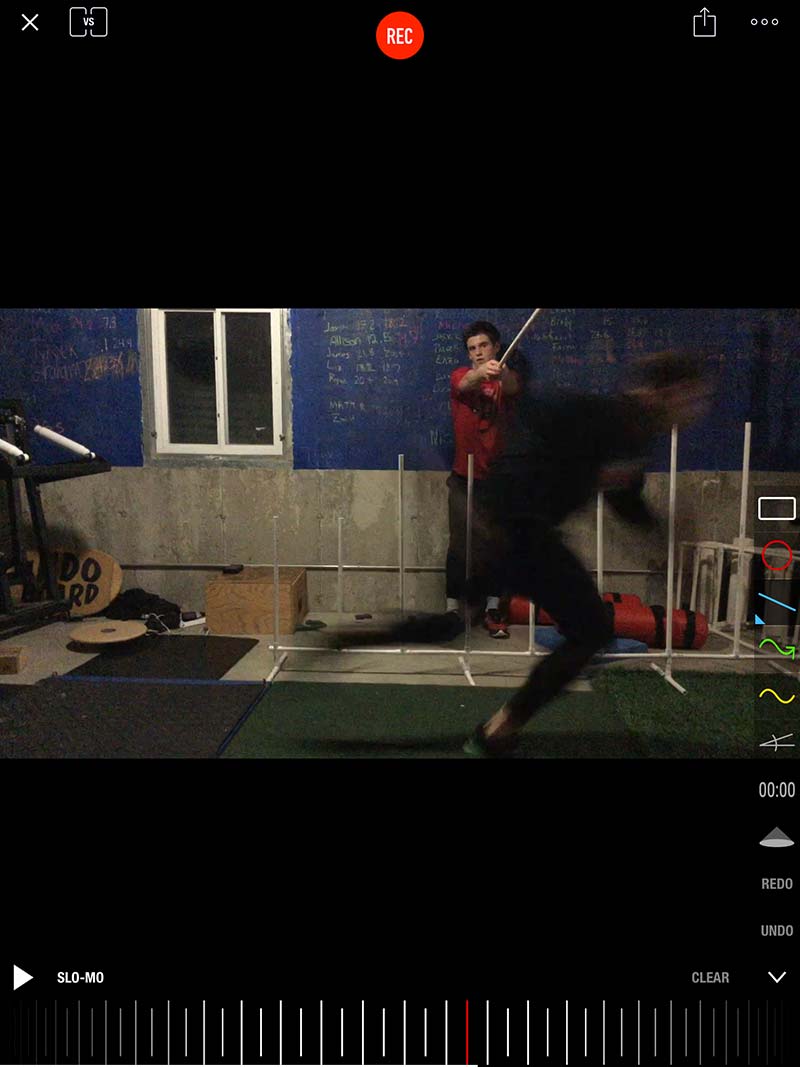
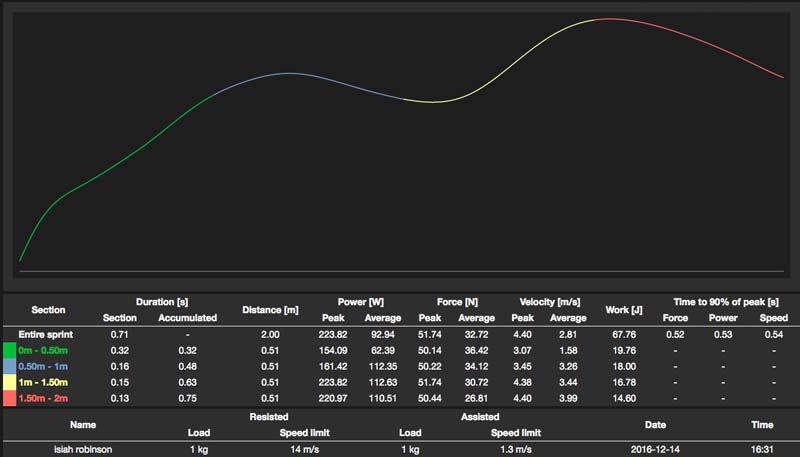
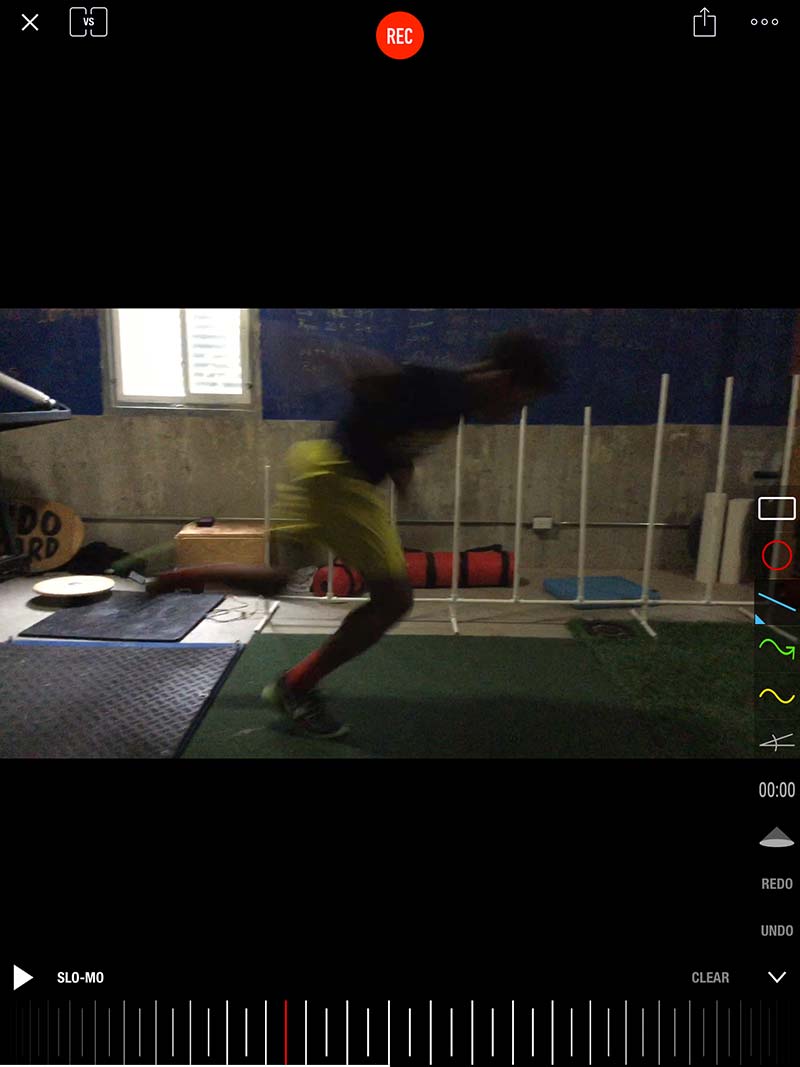
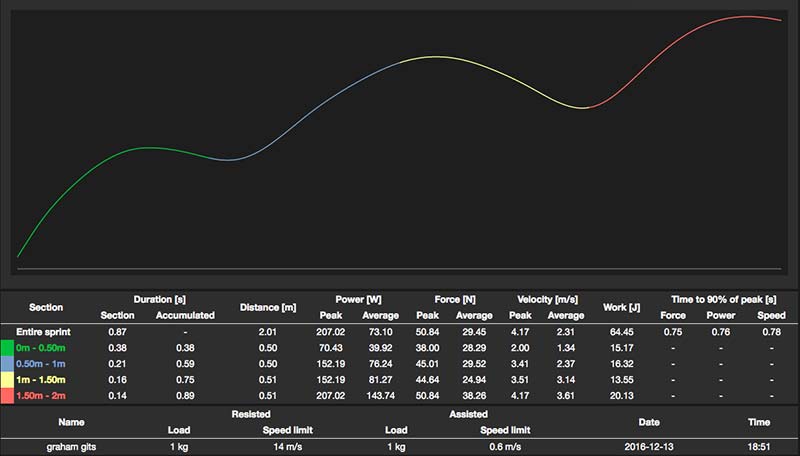
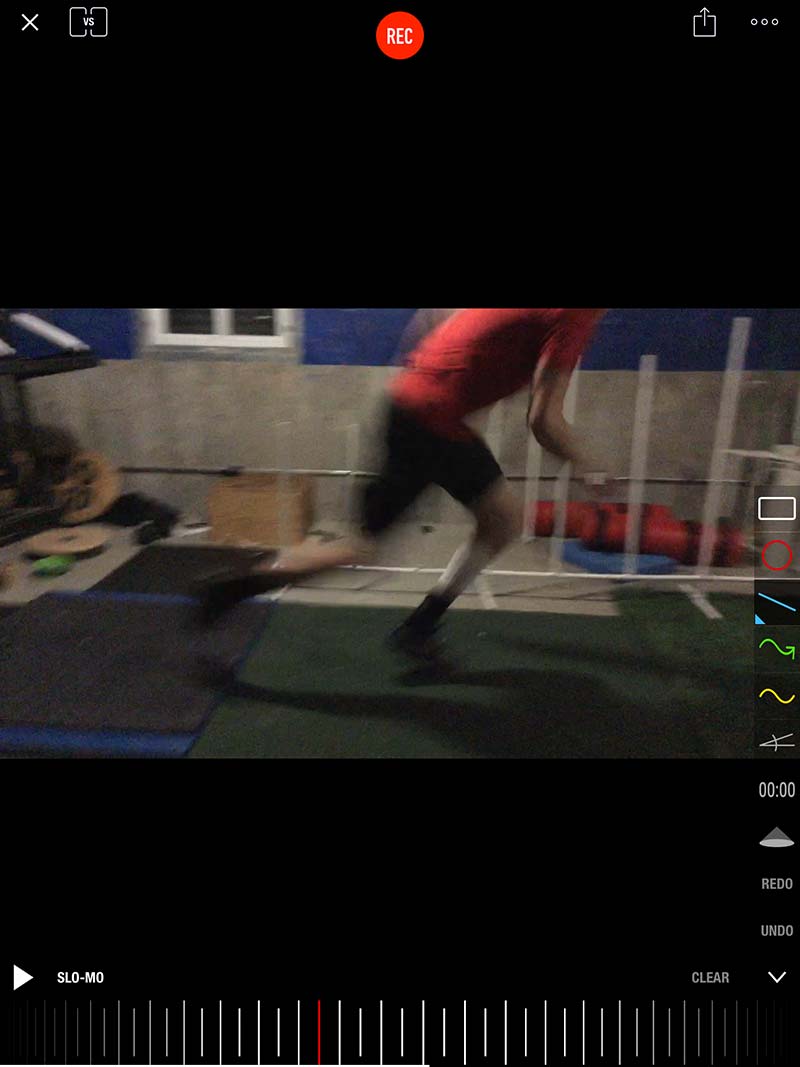
From these examples and others that I have stored on my 1080 chart, we see that force is an important factor in getting the body out. I like to use force/body weight because it puts all athletes on an equal playing field. Also, from all of the data I’ve collected over the last 18 months, N/kg and w/kg seem to be the determining factors in acceleration.
Force gets the body out of the blocks. N/kg and w/kg help determine acceleration. Share on XIsiah doesn’t quite fit into the scheme. While having the best time and power output, his N/kg is not the best. He is an athlete who gets his feet down quickly, pushes quickly, and generates power quickly. All athletes are different and get there the way they know best. So, where do we go from here? Stay tuned. More to come.
Since you’re here…
…we have a small favor to ask. More people are reading SimpliFaster than ever, and each week we bring you compelling content from coaches, sport scientists, and physiotherapists who are devoted to building better athletes. Please take a moment to share the articles on social media, engage the authors with questions and comments below, and link to articles when appropriate if you have a blog or participate on forums of related topics. — SF

